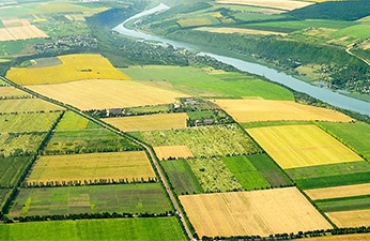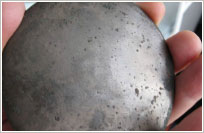Bronze BrOTsS 5-5-5
- NON-FERROUS METALS
- General information
- About us
- Rolled BRONZE
- Rolled bronze
- Bronze powder
- Bronze powder BPO
- Bronze powder BOD
- Rolled bronze
- Bronze ribbon BrB2
- Bronze pipes
- Pipe bronze BrAZHN 10-4-4
- Bronze pipes BrAZhMts 10-3-1,5
- Bronze foil
- Bronze rods
- Bronze circles BrAMts 9-2
- Bronze Circle BrAZhMts10-3-1,5
- Bronze Circle Braze 9-4
- Bronze wire rods BrOTsS 5-5-5
- Bronze bars BrOF10-1
- Bronze rodBraZH 10-3
- Bronze sheets
- Bronze sheet BrH1
- Bronze sheet BrH1Tsr
- Bronze sheet BrH0,8Sh
- Bronze sheet BrH0,8T
- Bronze plate BrB
- Bronze strip BrB2
- Bronze wire BrAZh10-1,5
- Hexagonal bronze BRaZH 9-4
- Aluminum bronze ingots
- Aluminum bronze ingots
- Bronze BrAZH 9-4
- Bronze BrAZhMts 10-3-1,5
- Beryllium bronze BrB2
- Bronze BrAMts 9-2
- BROF Bronze 7-0,2
- Bronze BrOF10-1
- Bronze for monuments
- Silicon bronze
- Tin bronze OCS
- Bronze BrOTsS 5-5-5
- Bronze castings
- Chromium bronze BrH
Bronze BrOTsS 5-5-5
The chemical composition of bronze BrOTsS 5-5-5 is an alloy of copper, tin, zinc and lead. This composition was the result of a long process of development work. Much of nonferrous metals individually, in pure form are used in industrial production. This is due to their poor mechanical properties and a high activity by reacting with the atmospheric oxygen. Copper, in its structure, and is not resistant to plastic material deformation. Plus, even at low ambient humidity the surface rapidly oxidizes.
Bronze BrOTsS 5-5-5 has a high resistance to abrasion and aggressive environmental influences. Among the aggressive factors are heat, humidity, and chemical agents. This set of actions occurs in the operation of river and sea vessels. In particular, the bronze produce pipes and elements of stop valves for boilers, steam generators and desalination plants. When assembling internal combustion engines used in bronze inserts this brand. The main function of these inserts - provide smooth sliding shaft and resist abrasion.
According to the current classification are considered bronzes copper-based alloys. The alloying materials are used tin, aluminum, iron, lead and other elements of the periodic table. The main alloying material specifies the name of the alloy. Bronzes are tin and Tinless. According to the accepted rules marking BrOTsS 5-5-5 bronze, an alloy that contains 85% copper, 5% tin, 5% zinc and 5% lead. alloys are divided into structural and casting in turn. Bronze rolled corners of the first type, pipe and other profiles. At the same time, many brands of this group are used for molding.
Bronze BrOTsS 5-5-5 has universal properties. Due to their high strength and heat resistance of the alloy used in the manufacture of pipes of different diameters. At the same time, sufficient fluidity allows the use of this mark Bronze casting parts. Details have different purposes and require further processing on turning and milling machines. The alloy is marketed in the form of ingots, rods of different diameter round billets and slabs for the production of sleeves.
|
|
|
|
|
|
|
|








